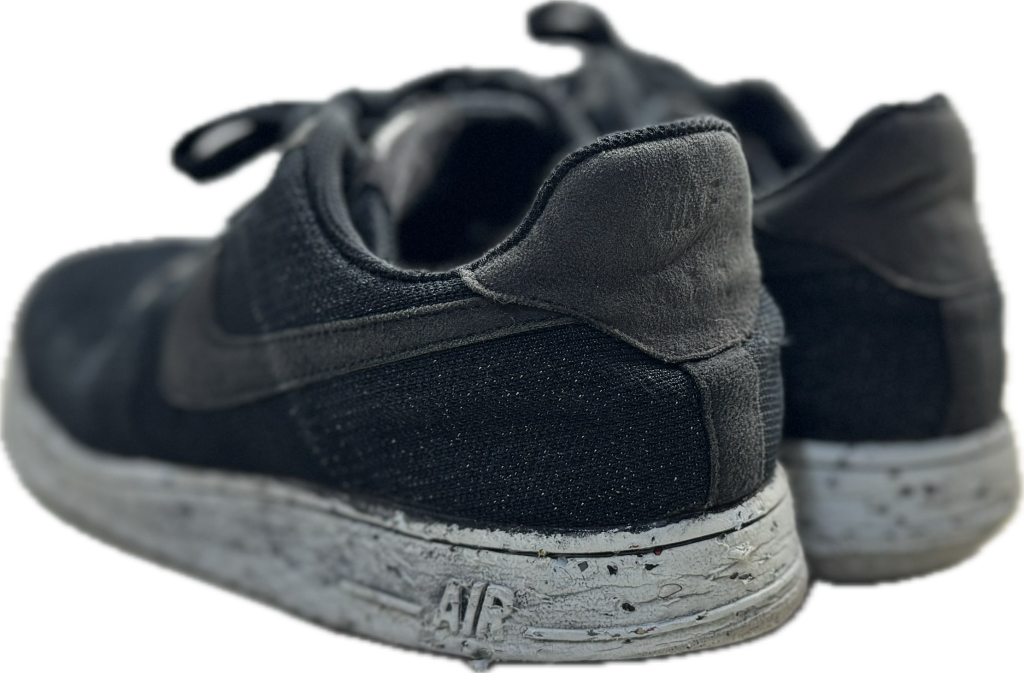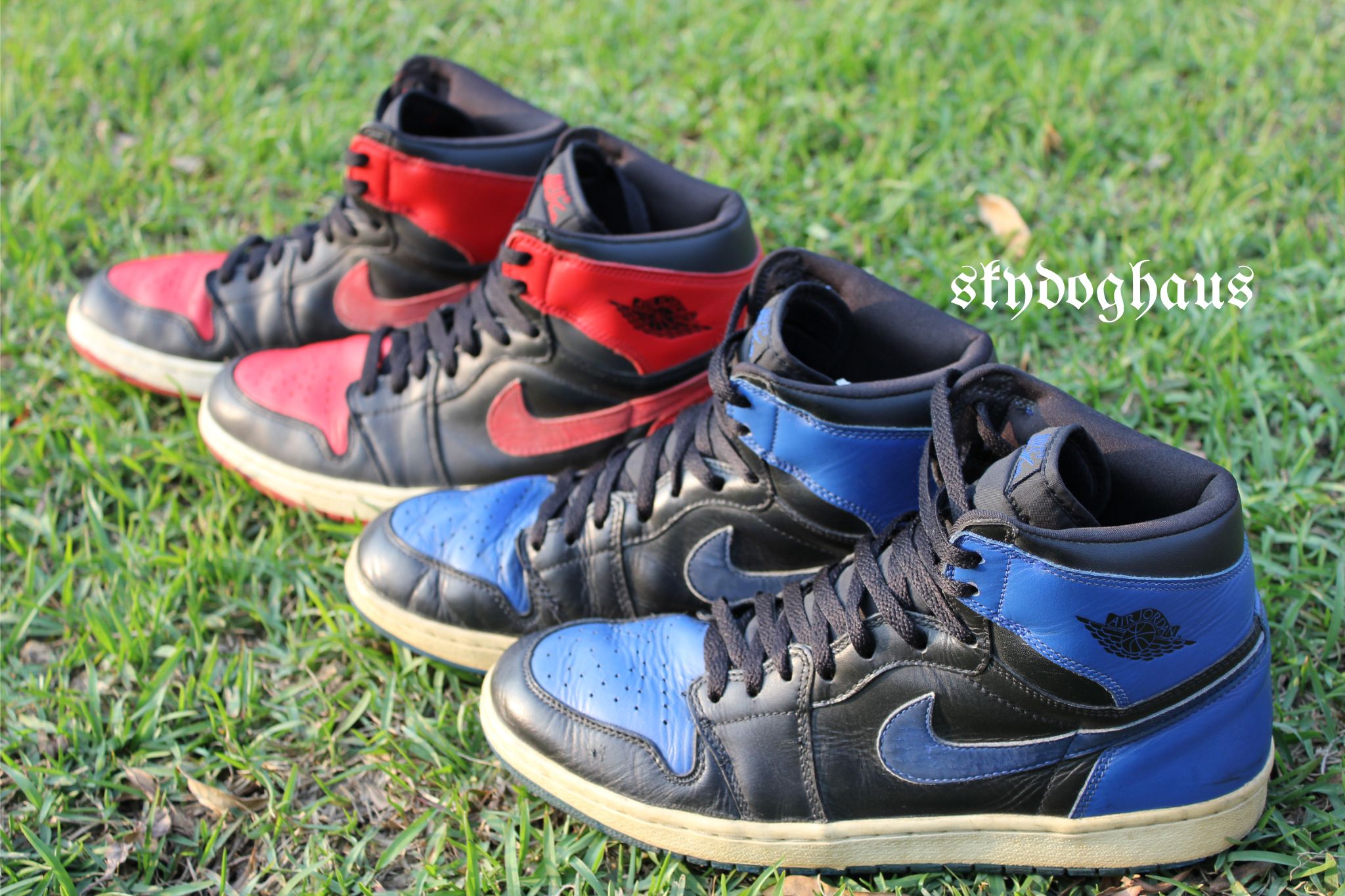Introduction: The Legacy of Nike Air Force 1

The Nike Air Force 1, an icon in the world of sneakers, first debuted in 1982. Designed by Bruce Kilgore, it was the first basketball shoe to feature Nike’s revolutionary Air technology. Originally intended for performance on the court, the Air Force 1 quickly transcended its athletic purpose to become a cultural phenomenon. From basketball courts to city streets, the AF1 became a symbol of style, identity, and innovation.
Nike named the shoe after the presidential aircraft “Air Force One,” symbolizing its ambition to elevate sneaker design to new heights. Over the years, the Air Force 1 has seen countless iterations, collaborations, and limited editions. Legendary partnerships with brands like Supreme, Off-White, Travis Scott, and Louis Vuitton have cemented its status as a fashion staple.
Its timeless design, versatile colorways, and ability to blend sportswear with streetwear have kept the Air Force 1 relevant for over four decades. What makes the silhouette truly evergreen is its ability to evolve while staying true to its roots—a balance of form, function, and cultural relevance.
Nike Air Force 1 Flyknit: A Modern Take on a Classic

In 2016, Nike introduced the Air Force 1 Flyknit, a modernized version that retained the classic AF1 shape while embracing the brand’s cutting-edge Flyknit technology. This innovation reduced the shoe’s weight by approximately 50%, offering unparalleled breathability and comfort without compromising structure.
Flyknit, a yarn-based fabric meticulously engineered for strength and flexibility, replaced the traditional leather upper. This eco-conscious approach not only reduced material waste but also introduced a sleek, form-fitting aesthetic to the iconic silhouette.
Now, let’s delve into the anatomy of the Nike Air Force 1 Flyknit. Armed with a pair of scissors and curiosity, I dissected the sneaker to explore its intricate construction, layer by layer.
The Dissection: Breaking Down the Structure

1. The Upper: Flyknit Precision Weave

The first noticeable element is the Flyknit upper—a single-piece fabric construction. Upon cutting through the upper, it’s evident how Nike used varying knit densities for support and flexibility. Tighter weaves appear around high-stress areas like the eyelets and heel, while more open weaves enhance breathability near the toe box.
The iconic Nike Swoosh is seamlessly stitched into the Flyknit material rather than being an overlay, emphasizing the streamlined aesthetic. Despite its lightweight appearance, the upper remains surprisingly resilient.
2. The Lacing System and Tongue
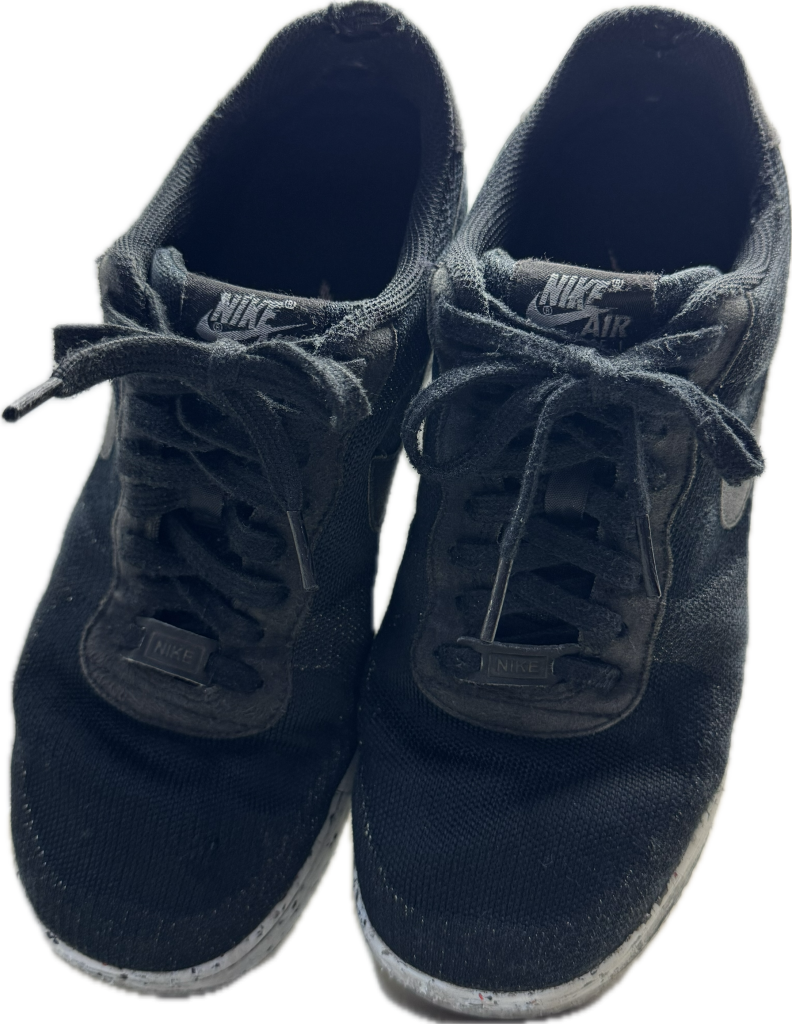
The lacing system integrates directly into the Flyknit upper. The Flywire cables, thin yet strong, reinforce the eyelets, ensuring a snug fit without adding bulk. The tongue is also Flyknit-based, providing a sock-like fit that hugs the foot comfortably.
3. The Midsole: Encapsulated Air Unit

Beneath the Flyknit upper lies the midsole—a critical component of the AF1’s comfort. Using my scissors, I carefully split the midsole to reveal the encapsulated Air unit. This pressurized air pocket, though relatively small, plays a significant role in shock absorption and energy return.
Nike’s innovation lies not just in the presence of Air but in how it balances cushioning with stability. Surrounding the Air unit is a lightweight foam, reducing overall weight while maintaining structural integrity.
4. The Outsole: Traditional Meets Modern

The outsole retains the signature circular tread pattern designed for pivoting—originally intended for basketball performance. However, the rubber compound is lighter and more flexible than traditional AF1 models, enhancing overall wearability.
The grooves along the forefoot and heel offer increased flexibility, making each step feel more natural. It’s a testament to Nike’s ability to evolve classic designs without compromising functionality.
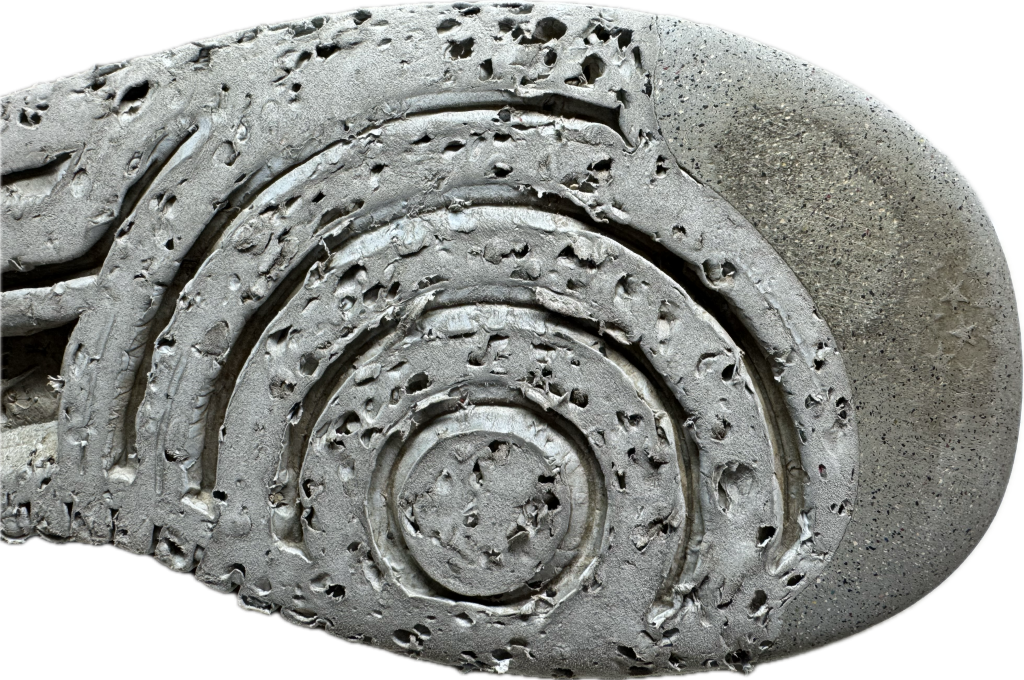
5. Heel Counter and Sockliner

The internal heel counter provides structure and lockdown, preventing heel slippage. Meanwhile, the sockliner, made of soft foam, enhances step-in comfort. Interestingly, the insole features subtle perforations, aiding breathability
Why It Matters: Innovation Meets Heritage
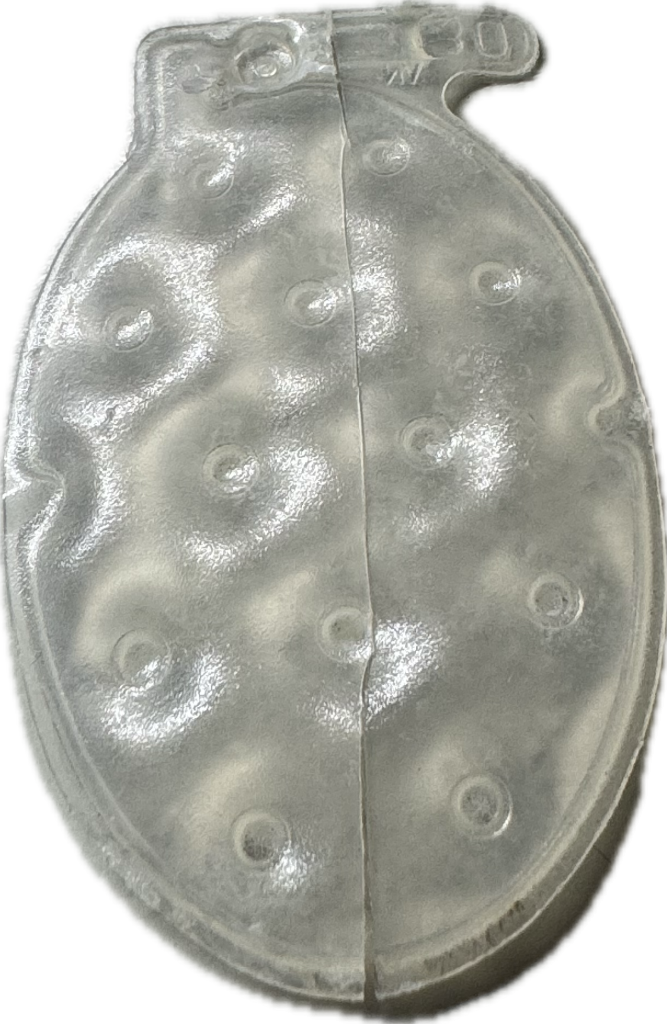
Dissecting the Nike Air Force 1 Flyknit revealed more than just layers of fabric and foam—it showcased how innovation can breathe new life into a classic. Nike’s commitment to sustainability, comfort, and performance shines through every element of the shoe.
From the eco-friendly Flyknit upper to the iconic Air cushioning, the AF1 Flyknit embodies the perfect fusion of past and future. It stays true to Bruce Kilgore’s original vision while embracing modern technology—a rare feat in the ever-evolving world of fashion and footwear.
For sneaker enthusiasts, collectors, and casual wearers alike, the Air Force 1 remains more than just a shoe. It’s a canvas for self-expression, a testament to innovation, and an enduring icon in the world of style and culture.
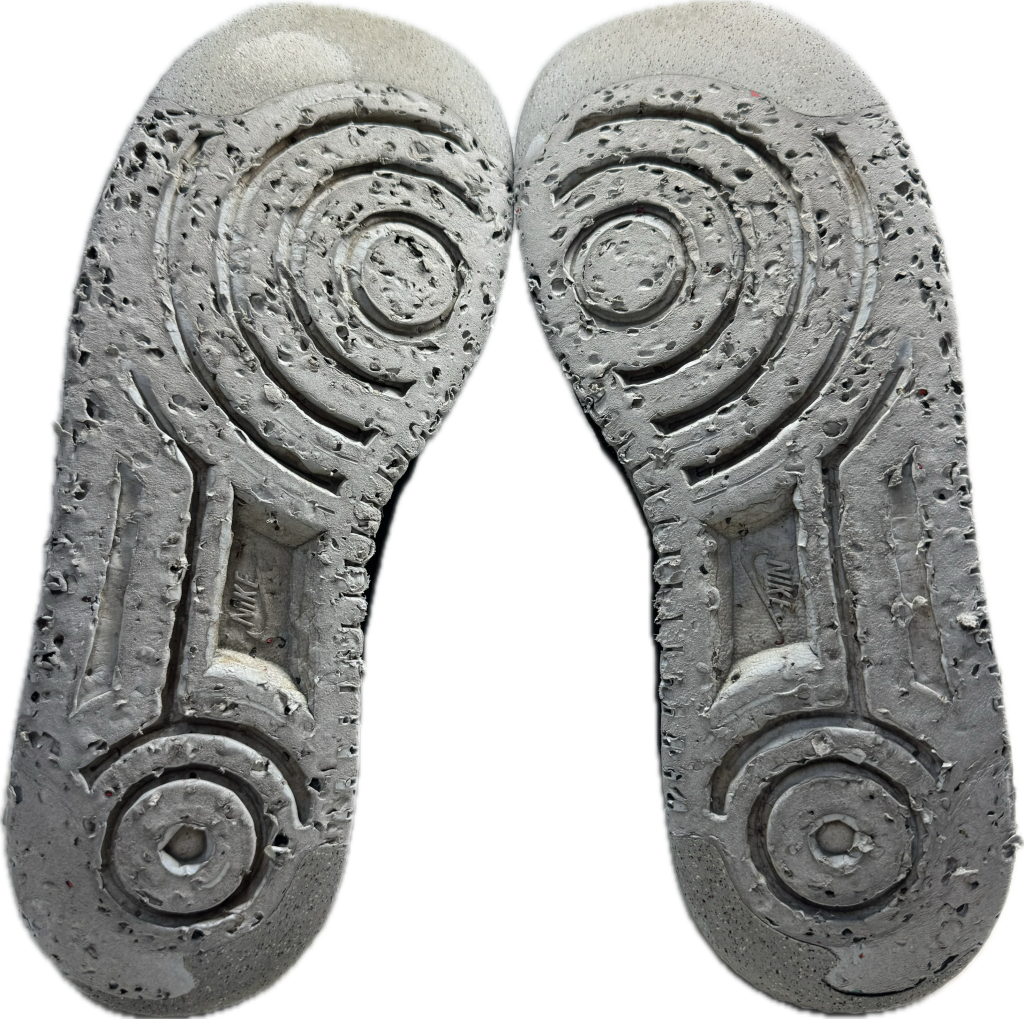
Conclusion: The Beauty Within
Through this dissection, I’ve gained a newfound appreciation for the craftsmanship behind the Nike Air Force 1 Flyknit. Each cut unveiled thoughtful design choices, meticulous engineering, and a relentless pursuit of excellence.
Whether you’re lacing up a classic leather AF1 or slipping into the lightweight Flyknit version, one thing remains clear: the Air Force 1 is here to stay—evolving, inspiring, and transcending generations.
Stay tuned for the detailed photo breakdown, where I’ll walk you through each layer of this legendary sneaker. If you’ve ever wondered what makes an icon truly timeless, look no further than the anatomy of the Nike Air Force 1 Flyknit.
